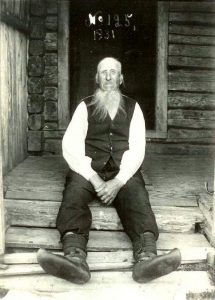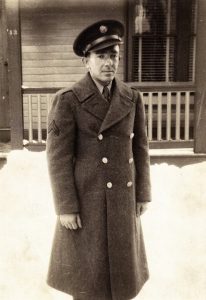In a few days’ time the blog will celebrate its fifth anniversary. Here, to review the year just ended, are some posts from the second half of 2018 demonstrating the range of material published at Vita Brevis.
 In July, Meaghan E. H. Siekman wrote about her great-grandfather, the Chicago-born son of Czech immigrants who
In July, Meaghan E. H. Siekman wrote about her great-grandfather, the Chicago-born son of Czech immigrants who
spent his lifetime chasing the American dream and preserving a history which was not directly his own, as none of his ancestors ever lived in colonial America. Evidence of the importance of American history in his life can be found in his obituary, which focuses more on his collections [parts of which ended up in the Smithsonian Institution] and preservation work than his career in medicine. Continue reading 2018: the year in review concluded








